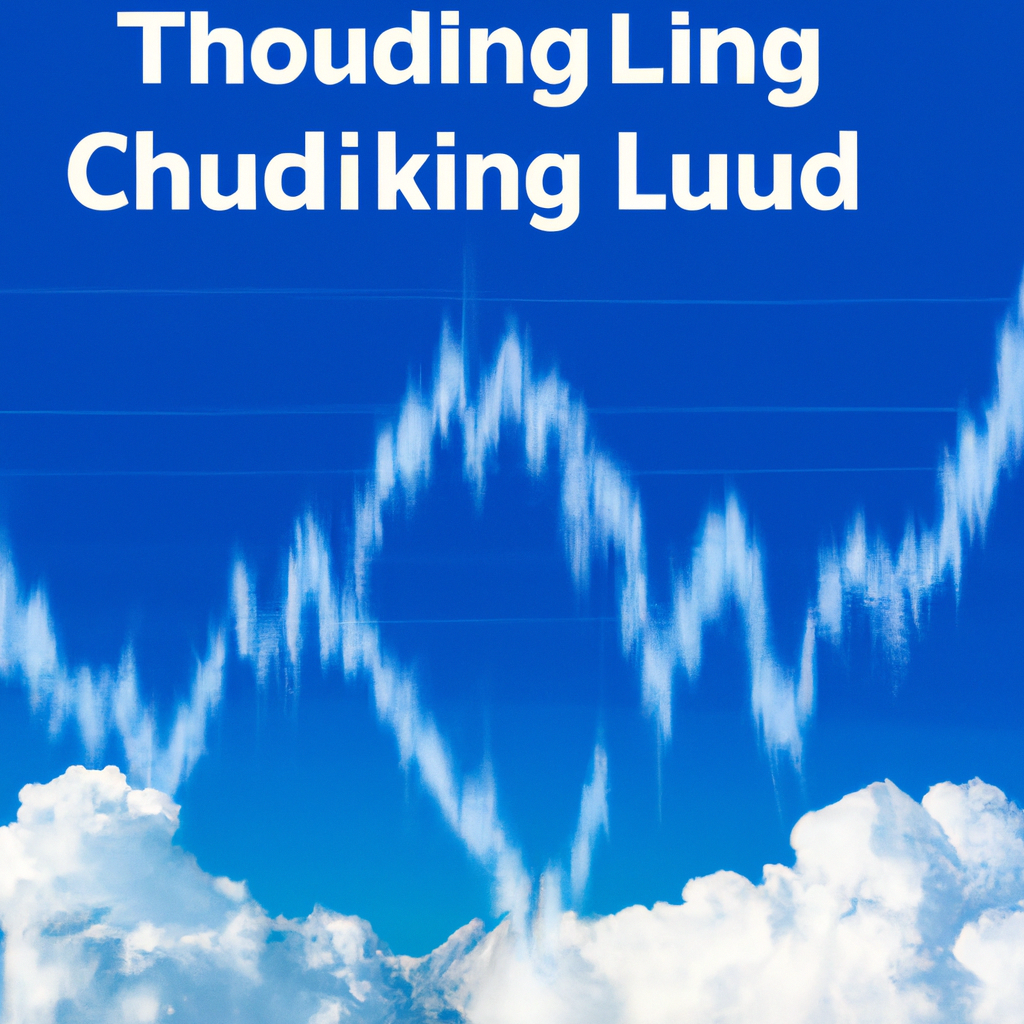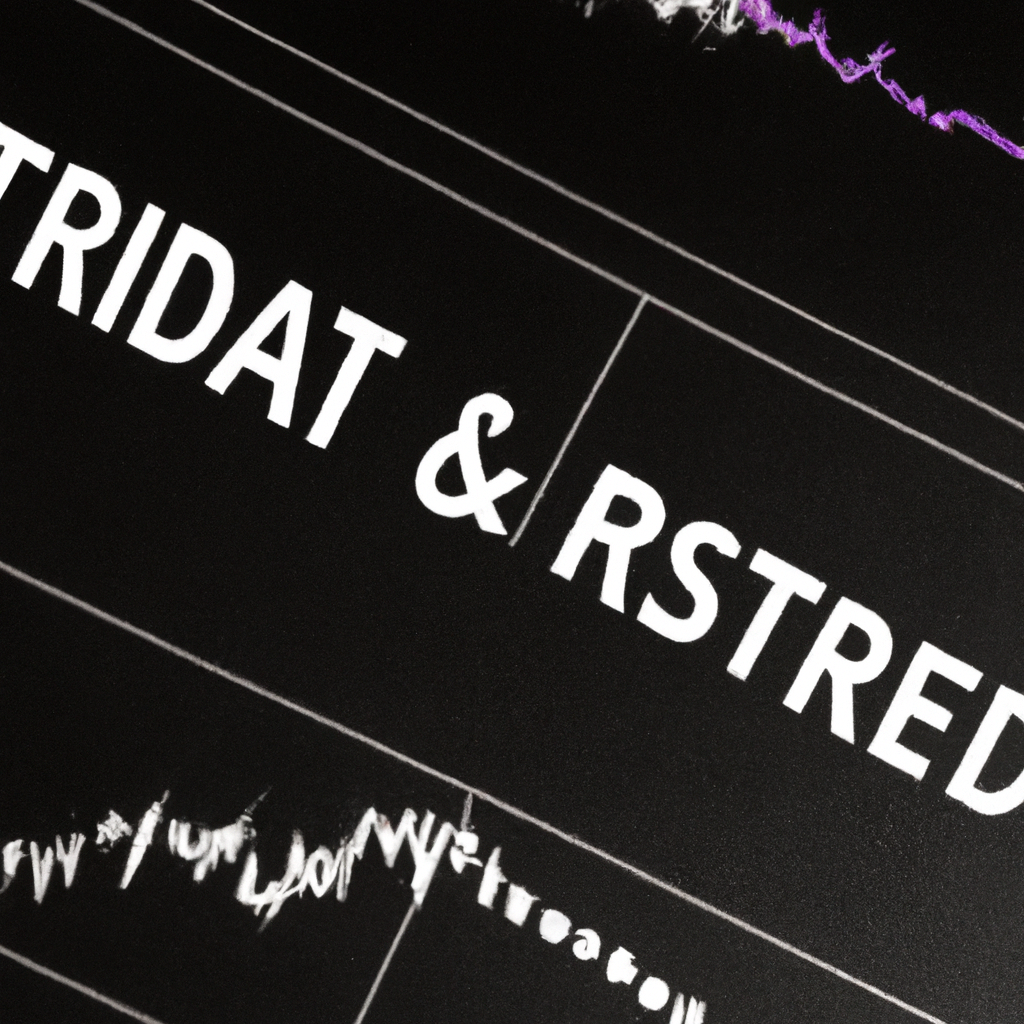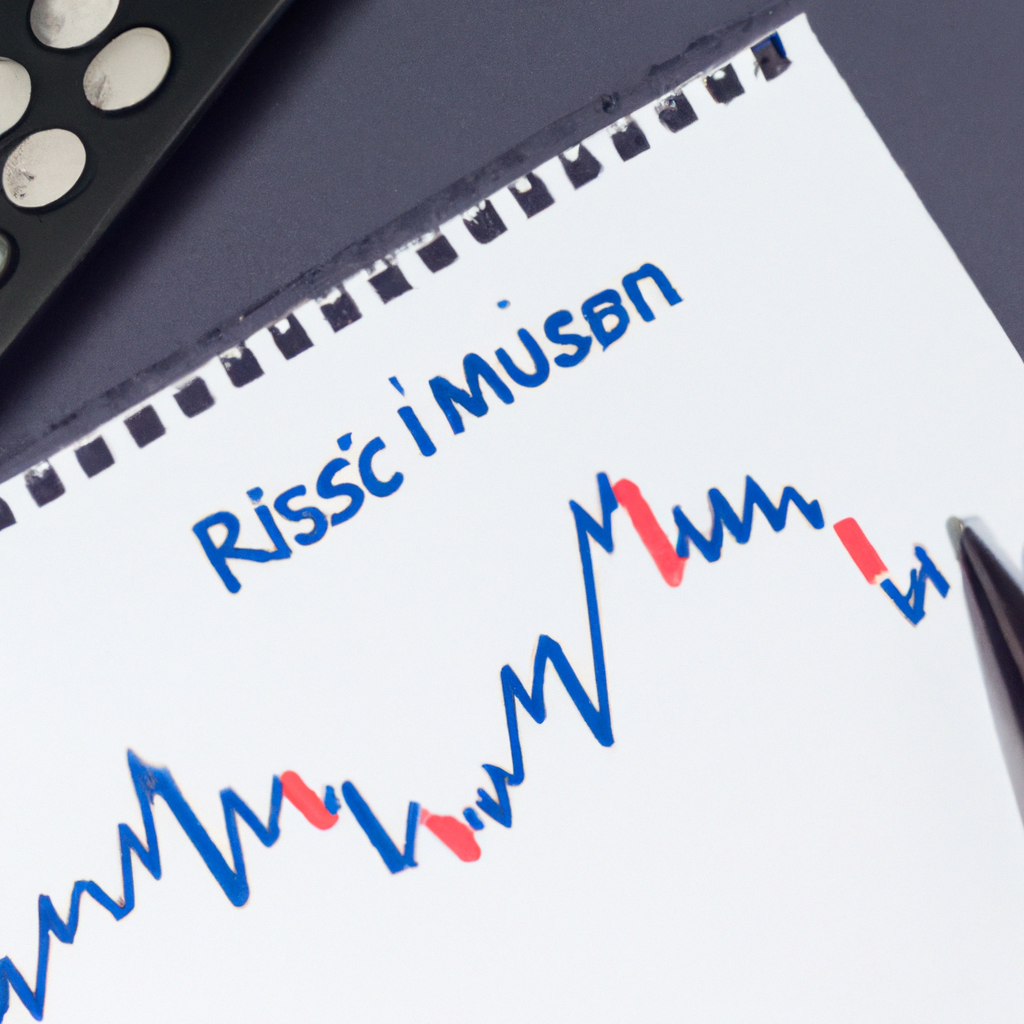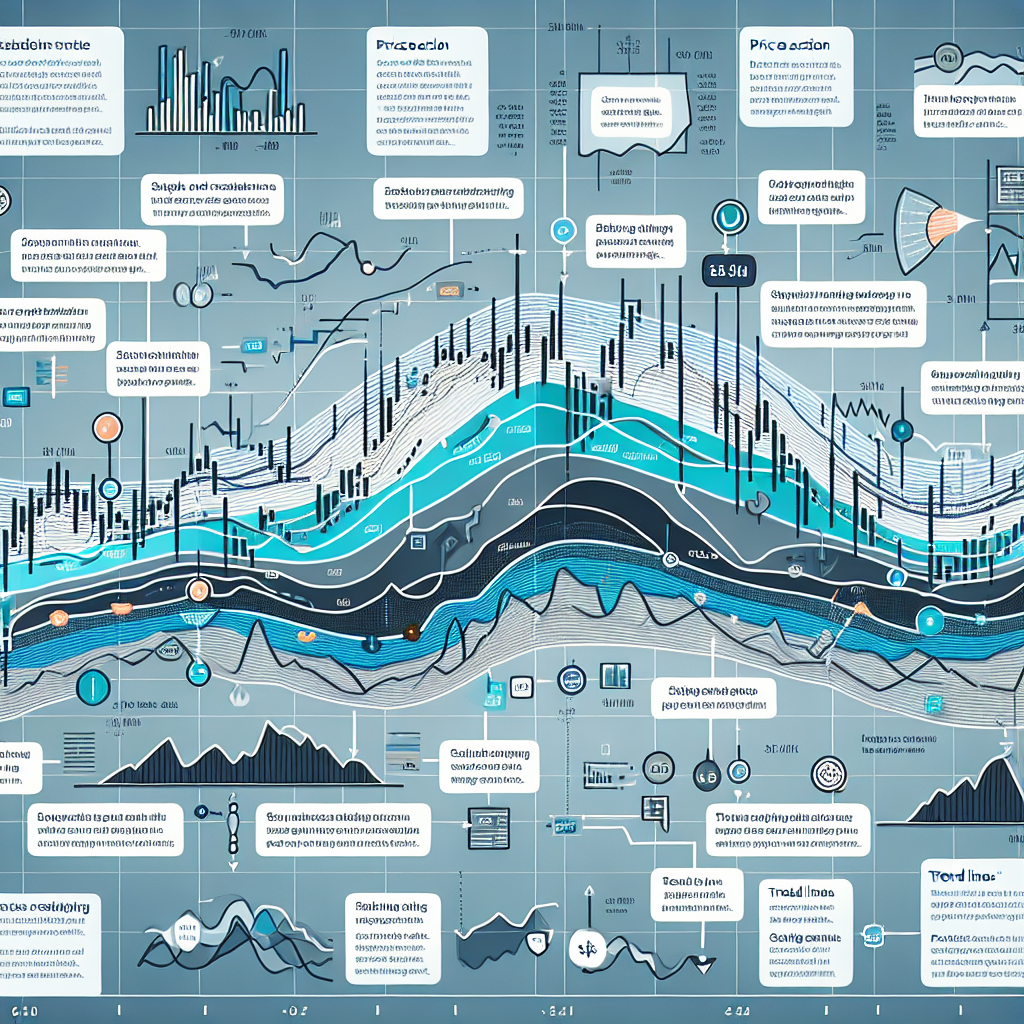Ichimoku Cloud Trading Signals: A Comprehensive Guide
Introduction
Ichimoku Cloud is a popular technical analysis tool used by traders to identify potential trading opportunities in the financial markets. It provides a comprehensive view of price action, support and resistance levels, and trend direction. In this article, we will explore the various Ichimoku Cloud trading signals and how they can be effectively utilized.
Understanding the Ichimoku Cloud
The Ichimoku Cloud, also known as Ichimoku Kinko Hyo, was developed by Japanese journalist Goichi Hosoda in the late 1960s. It consists of five components that work together to generate trading signals:
1. Tenkan-sen (Conversion Line)
The Tenkan-sen is a short-term moving average calculated by averaging the highest high and lowest low over a specific period, typically nine periods. It provides insights into short-term price momentum.
2. Kijun-sen (Base Line)
The Kijun-sen is a longer-term moving average calculated by averaging the highest high and lowest low over a specific period, usually 26 periods. It helps identify medium-term trend direction and support/resistance levels.
3. Senkou Span A (Leading Span A)
The Senkou Span A is calculated by averaging the Tenkan-sen and Kijun-sen and plotting the result 26 periods ahead. It forms the upper boundary of the Ichimoku Cloud and serves as a measure of future support/resistance levels.
4. Senkou Span B (Leading Span B)
The Senkou Span B is calculated by averaging the highest high and lowest low over a specific period, typically 52 periods, and plotting the result 26 periods ahead. It forms the lower boundary of the Ichimoku Cloud and provides additional support/resistance levels.
5. Chikou Span (Lagging Span)
The Chikou Span represents the current closing price plotted 26 periods behind. It helps traders identify potential reversals or confirmations of trends.
Ichimoku Cloud Trading Signals
Now that we have a basic understanding of the components of the Ichimoku Cloud, let’s explore the various trading signals it generates:
1. Cloud Breakout
A cloud breakout occurs when the price moves above or below the Ichimoku Cloud. A bullish breakout occurs when the price moves above the cloud, indicating a potential uptrend. Conversely, a bearish breakout occurs when the price moves below the cloud, suggesting a potential downtrend. Traders often use this signal to enter or exit trades.
2. Tenkan-sen/Kijun-sen Cross
A bullish signal is generated when the Tenkan-sen crosses above the Kijun-sen, indicating a potential uptrend. Conversely, a bearish signal occurs when the Tenkan-sen crosses below the Kijun-sen, suggesting a potential downtrend. Traders often wait for confirmation from other indicators before taking action.
3. Kumo Twist
A Kumo twist occurs when the Senkou Span A crosses above or below the Senkou Span B. A bullish twist occurs when the Senkou Span A moves above the Senkou Span B, indicating a potential shift from a downtrend to an uptrend. Conversely, a bearish twist occurs when the Senkou Span A moves below the Senkou Span B, suggesting a potential shift from an uptrend to a downtrend.
4. Chikou Span Confirmation
The Chikou Span can be used to confirm trends identified by other components of the Ichimoku Cloud. If the Chikou Span is above the price, it confirms a bullish trend. Conversely, if the Chikou Span is below the price, it confirms a bearish trend. Traders often use this signal to validate their trading decisions.
Conclusion
The Ichimoku Cloud trading signals provide traders with valuable insights into market trends, support/resistance levels, and potential entry/exit points. By combining these signals with other technical analysis tools and risk management strategies, traders can enhance their trading decisions and improve their overall profitability. It is important to practice and gain experience in utilizing the Ichimoku Cloud signals before incorporating them into a trading strategy.



